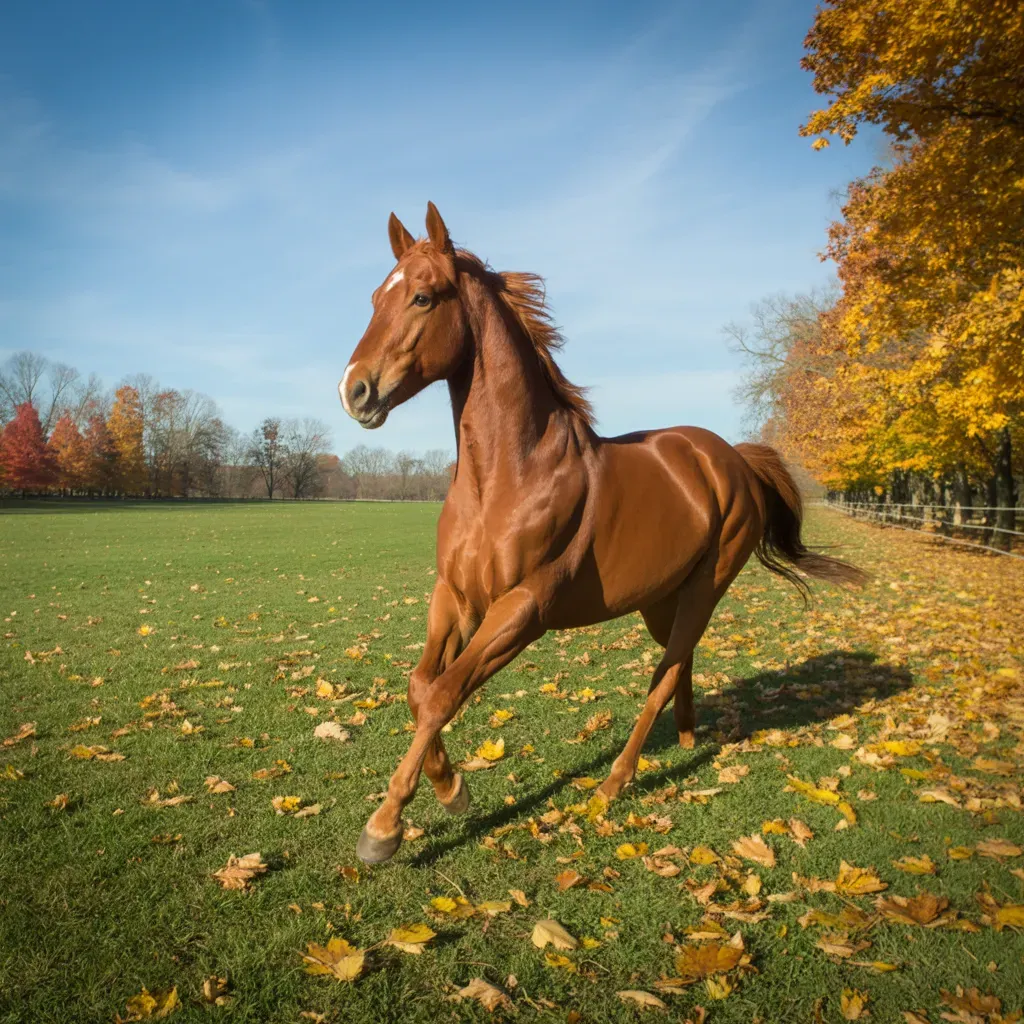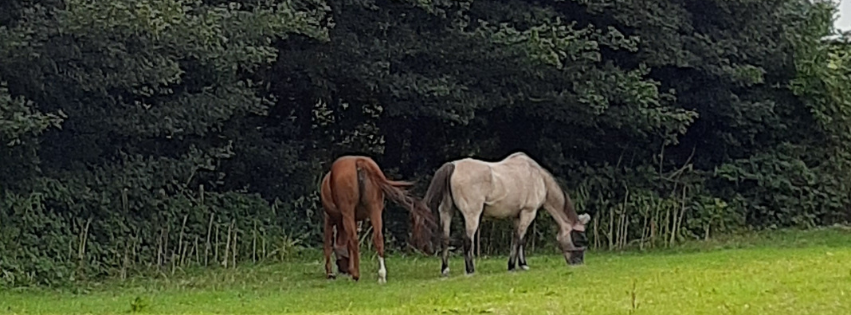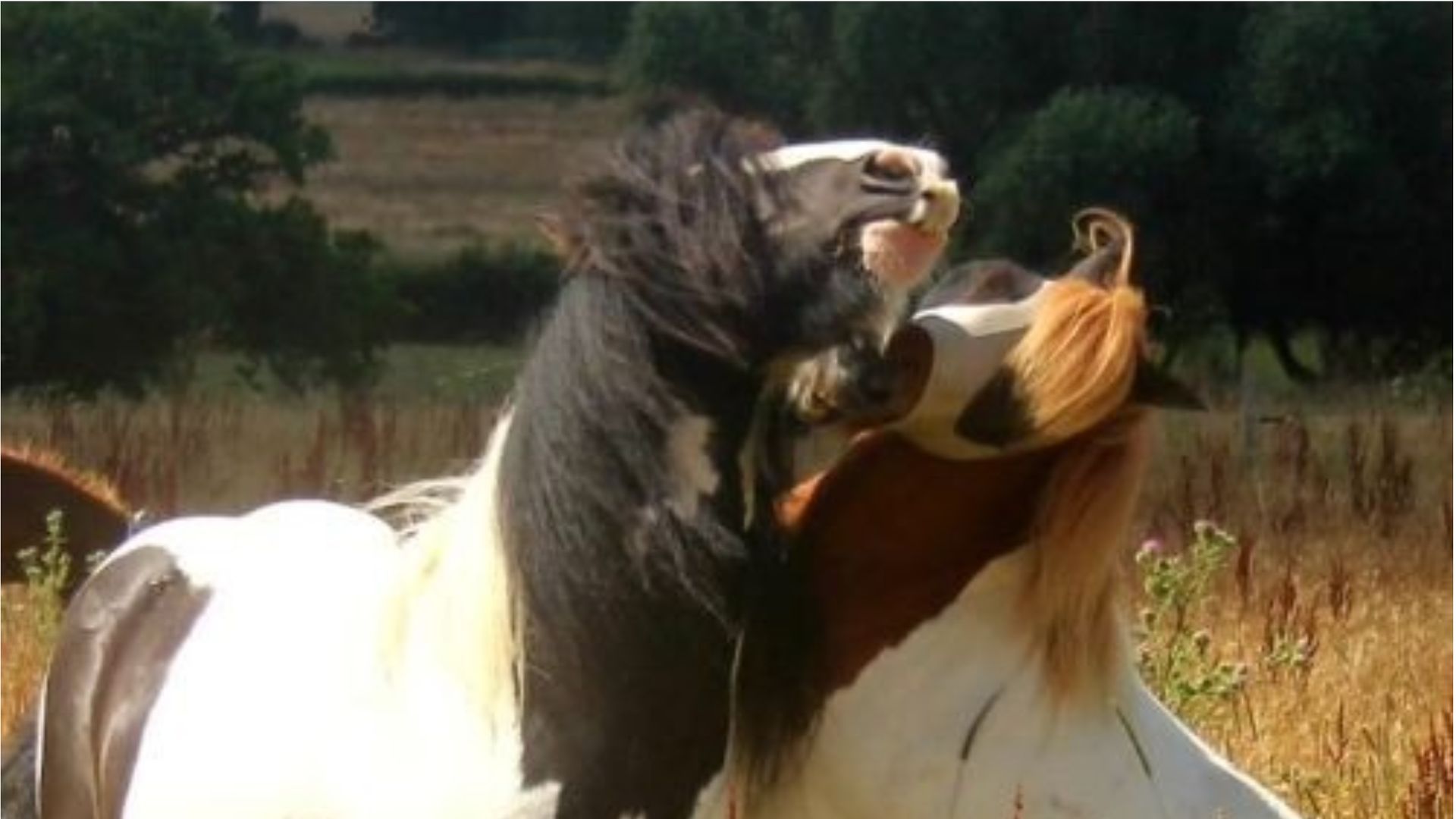The Gut:Brain connection
Healthy digestion is about more than eating healthily and making sure things are moving smoothly
For starters, more than 70% of the immune system’s cells are located in the gut.
And then there are certain microbial neurotransmitters, including serotonin for one, which is also produced in the gut, which as we all know is associated with mood, but is also directly connected to gut function.
And what about those ‘gut feelings’ we all get? There’s more to them than we think as well! There's no mistaking the power of a gut feeling, and horses are experts at them!
But it’s even bigger than this – the gut and brain are actually connected. That gut feel we experience is the brain telling the body how to feel or what to react to, and it goes the other way too, all courtesy of the gut microbiome – those clever multi-trillions of gut bacteria speak directly to the brain, and brain fog is one such message that they send.
How? Introducing the gut-brain axis. The gut and brain are indelibly connected and in constant communication with each other, and this back-and-forth chit-chat is what’s known as the gut-brain axis, with the main communication channel between the two being the vagus nerve, with the entire gut enmeshed in nerve cells that are gathered up into the vagus nerve that travels to the brain.
The vagus nerve is the main nerve of the parasympathetic nervous system - this is what controls the body's ability to relax, also known as the ‘rest and digest’ state. Its partner is the sympathetic nervous system which control's the body's fight/flight response, which let’s face it, we’ve all seen on more than several occasions from our horses, i.e. that pheasant flapping suddenly out of the bushes. You’ve also no doubt seen your horse suddenly lift his tail and evacuate a very urgent, and often squitty poo if they’re suddenly panicked - if you yourself have ever had to run to the loo when you’ve had a momentary scare, you’ll know what I mean 😉.
This is because as well as neurotransmitters, hormones are also involved in the gut-brain communications. The hypothalamus-pituitary-adrenal (HPA) axis controls the stress response, so when that pheasant suddenly flaps (back in the day it was more likely a sabre-toothed tiger or a wild boar – to this day my Murf is terrified of anything porcine), it produces hormones that stimulate the neighbouring pituitary gland, which then triggers the adrenal glands to produce our old friend cortisol - the stress hormone.
Cortisol acts as a threat warning and ramps up glucose production, supplying the energy needed to escape the ‘predator’. For the record, this is the same hormonal circuit that trainers exploit for racing ☹.

Cue the fight/flight response (as in that nervous poo), and it happens in a nano-second, often well before we’ve even seen the threat. Brain says ‘Yikes!’, pituitary sends an instant message to the adrenals saying ‘Over to you!’, so the adrenaline hormone is pumped out to focus on surviving the threat, while cortisol, the stress hormone, instantly releases extra glucose so horse can Run Fast Now!, while switching off other stuff that uses up of energy, so the horse doesn’t have to worry about anything other than the Run Fast Now! thing.
And ... one of those energy sapping areas it turns off is … digestion, twinned with a command to ‘Empty the bowels right now so we can focus on Running Fast Right Now!.’ Because let’s face it, we don’t want to have to stop for a polite poo behind a bush when a tiger’s on our tail …
Thing is, cortisol also floods the body with acid, so if the tiger bites we don’t taste so good to him, plus it inhibits the immune system; by redirecting the energy to the heart, lungs and muscles to Run Fast Now!, it comes at the expense of the immune system. From an evolutionary point of view, the trade-off makes sense - first escape the predator and worry about infections later.
Once said pheasant has flapped off, what should then happen is that the cortisol will message the HPA to say all's fine again so let’s return to normal – the calm after the storm. However, if we’re dealing with continued ongoing stress, that cortisol production will stay switched on which then causes anxiety and diminishes the brain’s function (particularly in storing memories). And just for fun, the body stays flooded with acid which feels horrible.
To make matters worse, ongoing stress can also induce the release of norepinephrine, which promotes the growth of pathogenic bacteria including Campylobacter jejuni, Listeria, Helicobacter pylori and Salmonella. Cue the increased risk of leaky gut, leading to infection and further compounding the situation.
Understandably, the vagus nerve is pretty busy - it manages numerous bodily functions including mood control, immune response, digestion, respiratory and heart rate, as well as certain reflex actions such as coughing, swallowing, and for us humans sneezing and vomiting. So it’s not hard to see that an overload of stress on the vagus nerve can impact both the gut and brain, and it’s a no-brainer that looking after the beneficial bacteria in the gut will improve mood and brain health.
So, the gut-brain axis allows the gut to influence the brain and vice versa, and with microbial neurotransmitters (serotonin and dopamine) allowing certain microbes to communicate directly with the brain via the vagus nerve, managing stressors to ensure your horse has a healthy happy gut biome means healthy communication, which is key in making sure everything runs smoothly. A balanced microbiota can tolerate moderate amounts of stress; however, excessive stress can lead to a leaky gut, which over time can result in systemic inflammation.
How we feed our horses and look after their digestive system plays a huge role in gut, and thus brain, health. The overall health of their gut will completely influence how they feel and how they respond to stress, never mind how their immune function may also be impacted.
Overall, there’s no denying that the gut-brain axis is a powerful connection and feeding our horse as they should be fed, alongside foods high in prebiotic fibres to optimise the health of the hindgut's microbiota, will help maintain both a healthy digestive tract and brain function.










